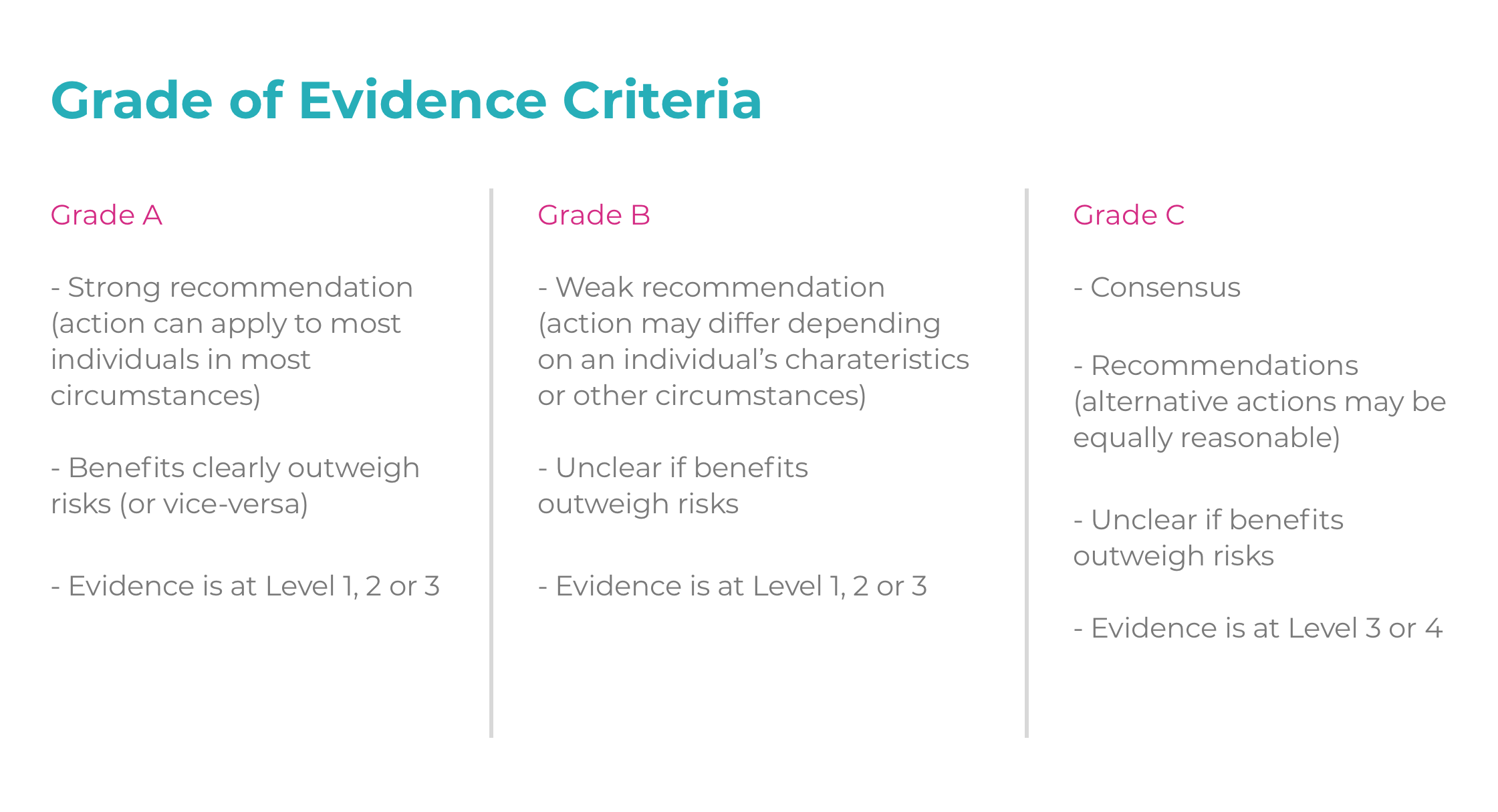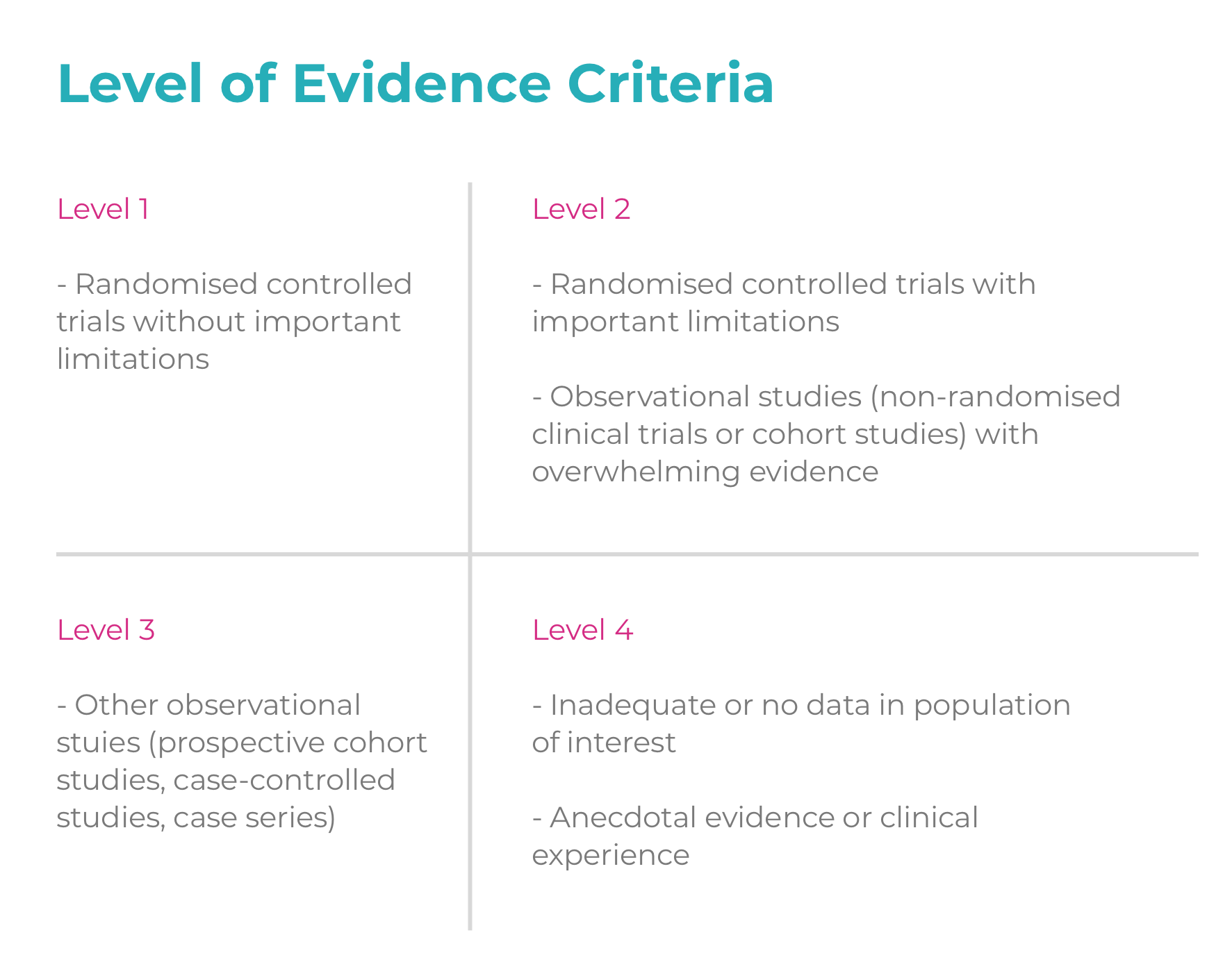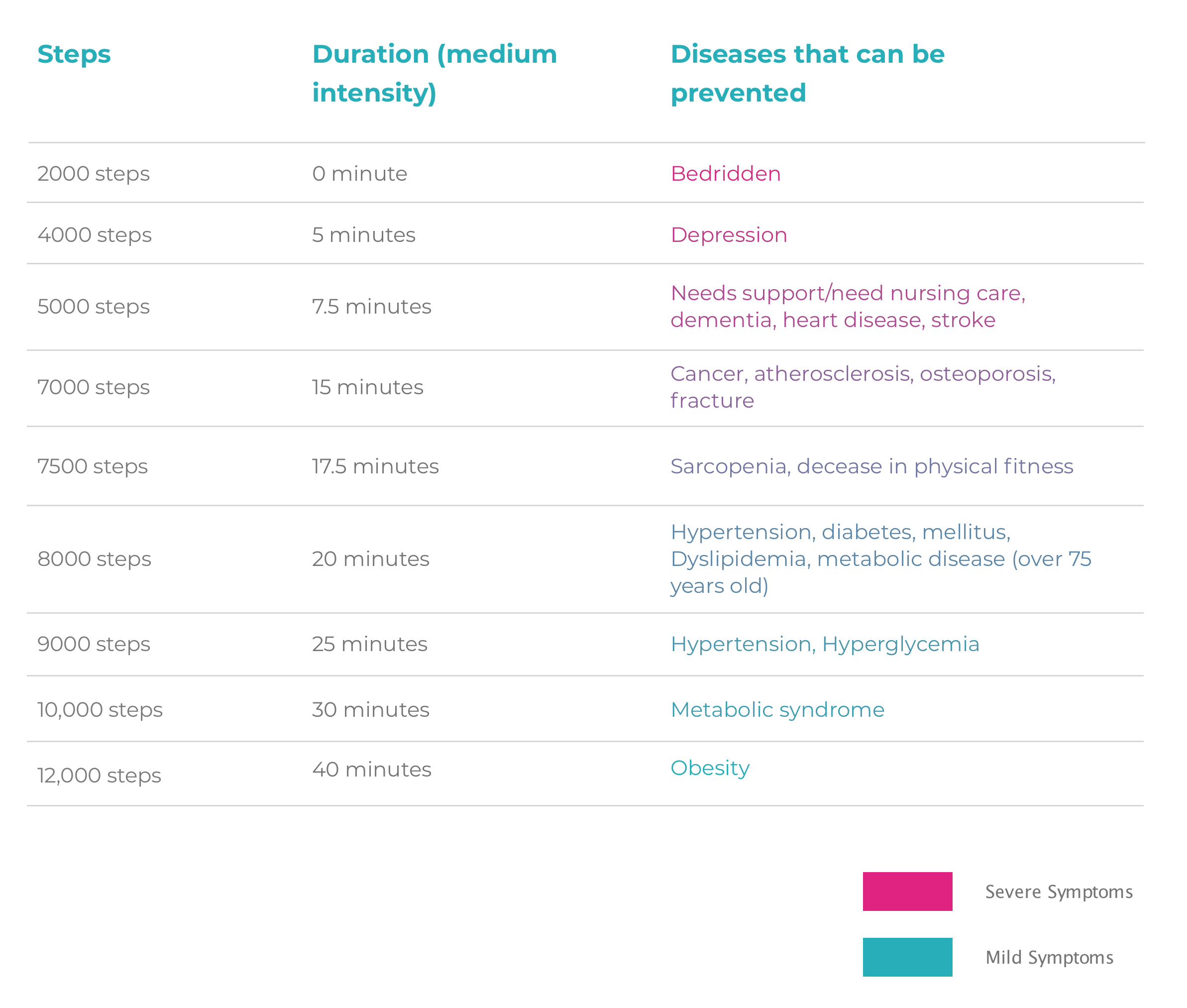National Physical Activity Guidelines
National Physical Activity Guidelines: Summary Guide for Professionals
Physical inactivity has been identifiedby the World Health Organization (WHO) as the fourth leading risk factor for global mortality (6% of deaths globally). This follows high blood pressure (13%), tobacco use (9%) and high blood glucose (6%). Overweight and obesity are responsible for 5% of global mortality.
According to the recent 2010 National Health Survey conducted by the Ministry of Health, 39.1% of Singaporeans
(18 – 69 years old) are physically inactive and 10.8% are obese.
The National Physical Activity Guidelines for Singapore provide practical guidance for apparently healthy adults and older adults on the types and volume of physical activities that prevent chronic disease, prolong life and enhance quality of life. The types of physical activity include lifestyle, aerobic and strength which can be performed in the domains of work, home, commuting or leisure time.
Definition
Physical activity is any force produced by skeletal muscles that results in energy expenditure above resting level.
Key Message
Some physical activity is better than none, and more is better than some.
Stakeholders
The guidelines are useful to any stakeholders involved in promoting health and physical activity in Singapore including:
- ministries, statutory boards and councils;
- health promotion and public health workers;
- health professionals such as physicians, physiotherapists, nurses, dietitians and occupational health workers;
- polytechnic and university staff;
- local sports partnerships, sports trainers, coaches, health and fitness trainers, personal trainers and club volunteers;
- Voluntary Welfare Organisations (VWO), community and grassroots volunteers.
Health Benefits
To promote and prolong good health, individuals of all age groups should engage in a physically active lifestyle. There is overwhelming scientific evidence to support the health benefits of physical activity for adults and older adults.
These health benefits are seen across ethnic groups.
Strong Evidence
- Lower risk of early death
- Lower risk of coronary heart disease
- Lower risk of stroke
- Lower risk of high blood pressure
- Lower risk of adverse blood lipid profile
- Lower risk of type 2 diabet
- Lower risk of metabolic syndrome
- Lower risk of colon cancer
- Lower risk of breast cancer
- Prevention of weight gain
- Weight loss, particularly when combined with reduced calorie intake
- Improved cardiorespiratory and muscular fitness
- Prevention of falls
- Reduced depression
Moderate to Strong Evidence
- Better functional health (for older adults)
- Reduced abdominal obesity
- Weight maintenance after weight loss
- Better cognitive function (for older adults)
Moderate Evidence
- Lower risk of hip fracture
- Lower risk of lung cancer
- Lower risk of endometrial cancer
- Increased bone density
- Improved sleep quality
Reference: Global Recommendations on Physical Activity for Health, WHO
Evidence and Grade Assignment
Level of Evidence Criteria
Physical Activity Guidelines for Adults (19 – 49 Years Old)
Lifestyle Activity (every day)
Over a prolonged period of time, lifestyle physical activities may be useful to counter the small energy imbalance responsible for obesity in most adults.
Recommendations include:
- Taking the stairs regularly
- Walking to run errands instead of driving or riding
- Alighting one or more MRT/bus stops earlier, or parking further away than usual to walk to a destination
- Breaking up sedentary periods lasting longer than 90 minutes with 5 to10 minutes of standing, moving around or doing some physical activity
Level 3 – Grade A
Aerobic Activity (spread throughout the week)
To acquire substantial health benefits, adults need to accumulate 150 minutes of moderate-intensity or 75 minutes of vigorous-intensity aerobic activity per week. Individuals can combine vigorous-intensity and moderate-intensity activities, with 1 minute of vigorous-intensity aerobic activity being equivalent to 2 minutes of moderate-intensity aerobic activity.
Aerobic activity should be performed for at least 10 minutes per session. Combinations of moderate-intensity and vigorous-intensity aerobic activities can be performed to meet this recommendation.
Level 2 – Grade A
Strength Activity (2 or more days per week)
Strength activities provide additional health benefits. These include muscle-, bone- and joint-strengthening activities (e.g. using hand-held weights, resistance bands, callisthenics, strength-training equipment, dragon boating, and rock climbing) and some mind body exercises (e.g. Qigong, Tai Chi, yoga and Pilates). Strength activities should involve major muscle groups: legs, hips, back, abdomen, chest, shoulders and arms.
Level 2 – Grade A
For adults, a moderate-intensity aerobic activity causes a noticeable increase in breathing and heart rate. For instance, adults should still be able to talk but do not have enough breath to sing while engaging in brisk walking 5 – 7 km/h, dancing, low-impact aerobics, leisurely bike riding, snorkelling, playing doubles tennis or table tennis, etc.
For adults, a vigorous-intensity aerobic activity causes a large increase in breathing and heart rate. For instance, adults should still be able to say a few words but are not out of breath while engaging in jogging, step aerobics, swimming laps, fast bike riding, playing soccer, volleyball, basketball, netball or badminton, etc.
Physical Activity Guidelines for Older Adults (50+ Years Old)
Lifestyle Activity (every day)
Over a prolonged period of time, lifestyle physical activities may be useful to counter the small energy imbalance responsible for obesity in older adults.
Recommendations include:
- Taking the stairs regularly
- Walking to run errands instead of driving or riding
- Alighting one or more MRT/bus stops earlier, or parking further away than usual to walk to a destination
- Breaking up sedentary periods lasting longer than 90 minutes with 5 to 10 minutes of standing, moving around or doing some physical activity
Level 3 – Grade A
Aerobic Activity (spread throughout the week)
To acquire substantial health benefits, adults need to accumulate 150 minutes of moderate-intensity or 75 minutes of vigorous-intensity aerobic activity per week. Individuals can combine vigorous-intensity and moderate-intensity activities, with 1 minute of vigorous-intensity aerobic activity being equivalent to 2 minutes of moderate-intensity aerobic activity.
Aerobic activity should be performed for at least 10 minutes per session. Combinations of moderate-intensity and vigorous-intensity aerobic activities can be performed to meet this recommendation.
Level 2 – Grade A
Strength Activity (2 or more days per week)
Strength activities provide additional health benefits. These include muscle-, bone- and joint- strengthening activities (e.g. using hand-held weights, resistance bands, callisthenics, strength-training equipment, carrying groceries and climbing the stairs) and some mind body exercises (e.g. Qigong, Tai Chi, yoga and Pilates). Strength activities should involve major muscle groups: legs, hips, back, abdomen, chest, shoulders and arms. Level 2 – Grade A
Balance
In addition, balance ability may become a concern for some older adults as they age. Balance is maintained or improved by regularly following the physical activity guidelines for older adults.
Level 2 – Grade A
For older adults, a moderate-intensity aerobic activity causes a noticeable increase in breathing and heart rate eliciting a relative intensity rating of 5–6*.
For instance, older adults should still be able to talk but do not have enough breath to sing while engaging in brisk walking, ballroom dancing, low-impact aerobics, leisurely bike riding, playing golf or table tennis, gardening, doing housework, etc.
For older adults, a vigorous-intensity aerobic activity causes heavy breathing and increase in heart rate eliciting a relative intensity rating of 7 – 8*.
For instance, older adults should still be able to say a few words but are not out of breath while engaging in brisk walking up hills, jogging, step aerobics, swimming, playing badminton, etc.
*Relative intensity is rated on a scale of 0 to 10, where sitting is 0 and the highest level of effort possible is 10. A moderate-intensity activity is a 5 or 6 and a vigorous-intensity activity is a 7 or 8.
Physical Activity Guidelines for the Prevention of Weight Gain and Obesity (Adults & Older Adults)
Individuals who are overweight* should aim to reduce their weight and prevent obesity. There is strong evidence that regular physical activity reduces the risk of weight gain and is most effective when combined with a balanced diet.
Engaging in regular physical activity can provide substantial health benefits regardless of an individual’s BMI classification (normal, overweight or obese). Regardless of BMI classification, physically active/fit individuals are more likely to live longer, and lead healthier lives than inactive/unfit individuals.
Guidelines
Initially, individuals should accumulate 150 to 250 minutes of moderate-intensity aerobic activity per week, while not exceeding caloric intake requirements.
If necessary, individuals should adjust their aerobic activity and caloric intake to a point where it is individually effective for achieving a healthy body weight.
Some individuals may need to accumulate more than 250 minutes of aerobic activity per week to prevent weight gain. Individuals should progress gradually when increasing the volume of aerobic activity. Level 2 – Grade A
Increasing daily lifestyle activities expends more calories and may aid in the prevention of weight gain. Level 3 – Grade A
Muscle-strengthening exercises may promote loss of total body fat and mitigate intra-abdominal fat increase over time. Level 2 – Grade B
Adults and older adults should aim to reduce body weight at an optimal rate of 0.5 –1kg per week to achieve an initial weight loss goal of up to 10% from baseline. A deficit of 500kcal per day below the estimated calorie requirement should result in a weight loss of about 0.5kg per week.
Points of Caution
Individuals who are planning to become more physically active than they are now should review the Physical Activity Readiness Questionnaire (PAR-Q) before they start.
Each aerobic and strength exercise session should include 5 to 10 minutes each of warm- up and cool-down segments and flexibility exercises. These flexibility exercises can be an integral part of one’s weekly physical activity routine and may include mind body exercises.
Individuals with limitations, disabilities or with chronic conditions should follow their doctor’s advice on the volume and types of physical activities that are best for them.
Older adults who are concerned about the risk of falling should follow their doctor’s advice for participating in physical activity programmes.
Older adults should be aware of their relative intensity effort (on a scale of 0 to 10) during physical activity.
Beginners should gradually work towards meeting the recommended physical activity guidelines.
List of diseases that can be prevented based on the average daily steps
https://sports.go.jp/special/value-sports/10-minutes-for-prevention-of-disease.html


